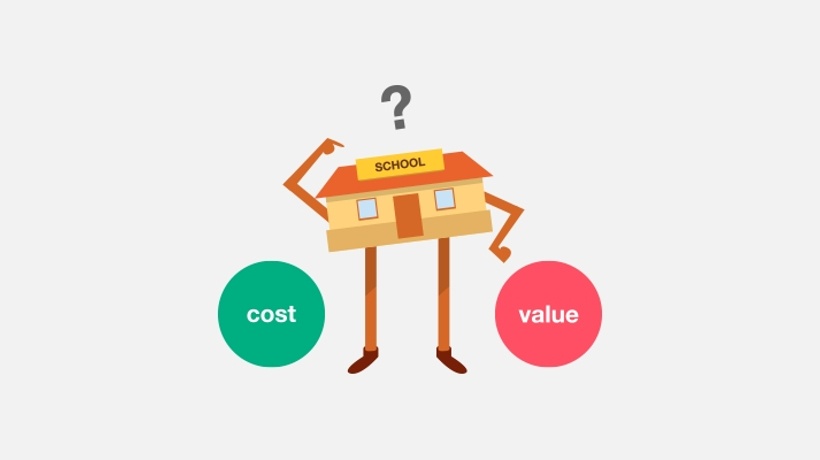Home-School Communication For Learning And Collaboration
While family engagement in schools often seems commonsense to many educators, it is not often commonplace. Family engagement in schools takes time, planning, and effort. But it is worth it. Increased levels of family engagement benefit students, educators, families, schools, districts, and communities (Mapp et al., 2022). An essential factor in supporting family engagement is home-school communication. Historically, schools sent papers home in children's backpacks, hoping parents would see them. Leveraging the technology available today enables educators to more efficiently and effectively engage with families to increase communication and collaboration.
How Technology Opens Doors To Home-School Communication
Technology is enmeshed within every sector of society today. From how we do business, interact with the government, communicate personally, or even in our classrooms, technology is now a preferred tool for communication. According to Statista [1], more than 90% of adults worldwide use smartphones regularly. Yet, despite these trends, many schools continue to resort to old-fashioned ways of communicating with parents and families. Parents are online: on their computers, phones, and tablets. Many parents even spend as much time, if not more, on their devices as their children. They're using email, texting, messaging, social media, and online searches to get and share information every day. So, it is common sense to assume that leveraging technology will increase communication between home and school. Yet, it is not commonplace.
To be clear, technology is not an ideal replacement for in-person communication between families and teachers. However, it is a valuable tool that can increase the frequency of communication, the bilateral sharing of information, and relationship-building, which are essential for high-quality collaboration.
The School's Role In Increasing Home-School Communication
The first step in leveraging technology to increase communication between home and school involves planning. School administrators must develop websites that are easy to use, informative, and provide a resource that parents will continue to visit for information, not just a place to go when registering a child for school or looking up a teacher's email. At the beginning of each year, teachers should survey the families of students in their classes to find out what technology they have access to and their preferred mode of communication. That information should also be shared with administrators. Then, information from the school and the teacher can be shared with families in ways they are more likely to consume and respond to.
Leveraging Technology Daily
Teachers can use technology to foster ongoing communication with families. For example, consider boosting family engagement virtually. This can take the form of parent-teacher meetings held on Zoom, Google Meet, Microsoft Teams, or another similar service. Virtual meetings allow parents to attend conferences when they have scheduling conflicts or other barriers that would otherwise prevent them from being able to participate. These same families may also benefit from virtual visits to the classroom to observe, serve as guest speakers, or support student learning (e.g., reading to a student, being interviewed by a student, etc.).
Home-School Communication Examples
Typically, parents receive information about their children's progress when report cards are released through mid-grading period progress reports. While that is important, more frequent communication about children's progress in school supports student learning, increases grades and attendance, and decreases challenging behaviors (Angrist, et al., 2020). Technology provides teachers with the tools they need to share information more frequently without placing an undue burden on their time.
For example, teachers may have a scripted statement ready to send home to students who are absent (e.g., "We missed Peter in class today. I hope to see him back tomorrow."). Teachers may also share information with families about their children's progress (e.g., "Thought you might like to know that Mark made a B on his math test today."). Finally, sharing good news with families about their children builds relationships, encourages parents to talk to their kids about school, and reinforces student learning (e.g., "Chris was so helpful in class today. We had a new student, and she offered to help him learn his way around the school.").
Conclusion: Commonplace Communication
As nearly all parents and families use technology daily to communicate, schools must step up and modernize. It's time to apply what we know about the benefits of using technology in the classroom to our work as educators when collaborating with families. As we do, families and schools will be better equipped to support student learning and family engagement while taking some of the burdens off teachers who struggle to find time for what we know is common sense.
References
- Angrist, N., Bergman, P., Brewster, C., & Matsheng, M. 2020. "Stemming Learning Loss During the Pandemic: A Rapid Randomized Trial of a Low-Tech Intervention in Botswana." SSRN Electronic Journal. https://doi.org/10.2139/ssrn.3663098.
- Henderson, A.T., and K.L. Mapp. 2002. A New Wave of Evidence: The Impact of School, Family, and Community Connections on Student Achievement. Annual Synthesis. National Center for Family and Community Connections with Schools, Southwest Educational Development Laboratory.
- Mapp, K.L., Henderson, A.T., Cuevas, S., Franco, M.C., & Ewert, S. 2022. Everyone Wins!: The Evidence for Family-School Partnerships and Implications for Practice. New York: Scholastic Professional Books.
[1] Share of users worldwide accessing the internet in 3rd quarter 2022, by device









